Using the right type of soil for winter sowing is extremely important. So many newbies use the wrong kind, and end up with nothing after all their hard work.
It’s a common mistake, but also an easy one to avoid. So, in this post, I am going to show you exactly which potting medium to use for winter seed sowing (and which ones to avoid).
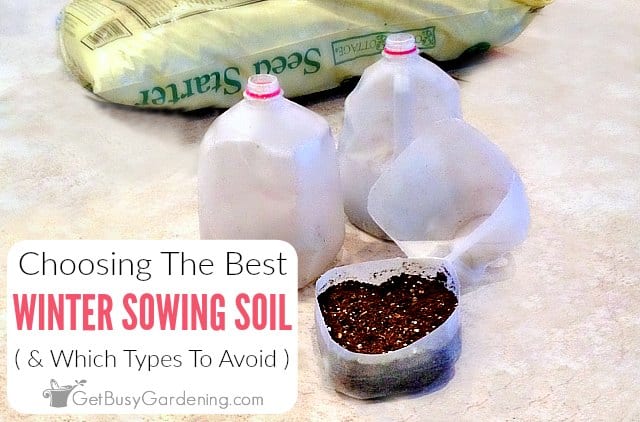
The Best Soil For Winter Sowing
In my experience, the best soil for winter sowing is a light and fluffy mix that holds moisture, but also has good drainage. It should be made out of organic materials, and shouldn’t contain any chemical fertilizers.
I recommend using either a good quality general purpose potting mix or a seed starting medium.
The soil will compact over the long winter months. So, if you use the wrong type, it will likely turn into a hard block by spring – either making it impossible for the seeds to germinate, or stunting your seedlings.
Related Post: Winter Sowing Seeds: A Quick-Start Guide
Properties To Look For
Here are some things to look for in a good soil for winter sowing…
- Light and fluffy soil mix
- Retains moisture, but also drains fast
- Sterile (meaning it comes in a bag, rather than from the ground)
- Contains rich, organic materials that will feed the seedlings (like peat moss or coco coir, for example)

Soils To AVOID
In addition to showing you the best types of soil for winter sowing, I also wanted to tell you which ones to avoid (and why).
- Cheap dirt – With winter sowing, soil will be your biggest expense. But don’t be tempted to cut costs here. Avoid cheap dirt (like dollar store varieties, top soil, or fill dirt). It’s too heavy, and doesn’t contain any nutrients to feed the seedlings. Plus cheap dirt is usually full of weed seeds.
- Garden soil – Never, never use soil from your garden. Garden soil is filled with bugs, pathogens, fungi, and other things that are good for the garden, but can be disastrous in containers. Plus, garden soil will compact in the containers, which will inhibit seed germination.
- Homemade compost – I don’t know about you, but my compost bin is frozen solid and buried by snow through the winter. But in case yours isn’t, it’s best not to use homemade compost anyway. Unless you’re sure it got hot enough to kill all the pathogens, bugs, and weed seeds.
- Succulent or cactus potting soil – Just in case you have some of this lying around, don’t be tempted to use it as winter sowing soil. It’s way too porous, and doesn’t retain moisture well enough. Save it for your desert plants.
- Used potting soil – It’s also important to always use fresh, sterile potting soil, and never attempt to reuse it. So, once you plant your seedlings into the garden, dump any leftover soil into the compost bin. Don’t try to save and reuse it.
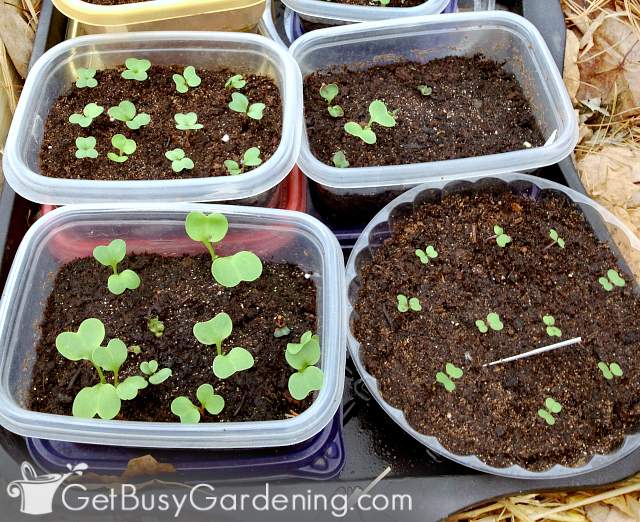
Choosing the best soil for winter sowing is easy once you know what to look for, and what to avoid. So don’t try to cut corners and buy cheap dirt, the cost of a good quality medium will be well worth it in the long-run.
Want to learn this exciting method? Then my Winter Sowing eBook is for you. It has everything you need to know to be successful. Download your copy today!
Otherwise, if you’re ready to take it to the next level, then you should take the Seed Starting Course. This fun and self-paced online course will teach you how to grow any type of seed that you want. Enroll and get started today!
More Posts About Winter Sowing
- Winter Sowing Containers: What Works & What Doesn’t
- How To Choose The Best Seeds For Winter Sowing
- When To Start Winter Sowing Your Seeds
- Winter Sowing Questions & Answers (FAQs)
Share your favorite type of soil for winter sowing in the comments below.
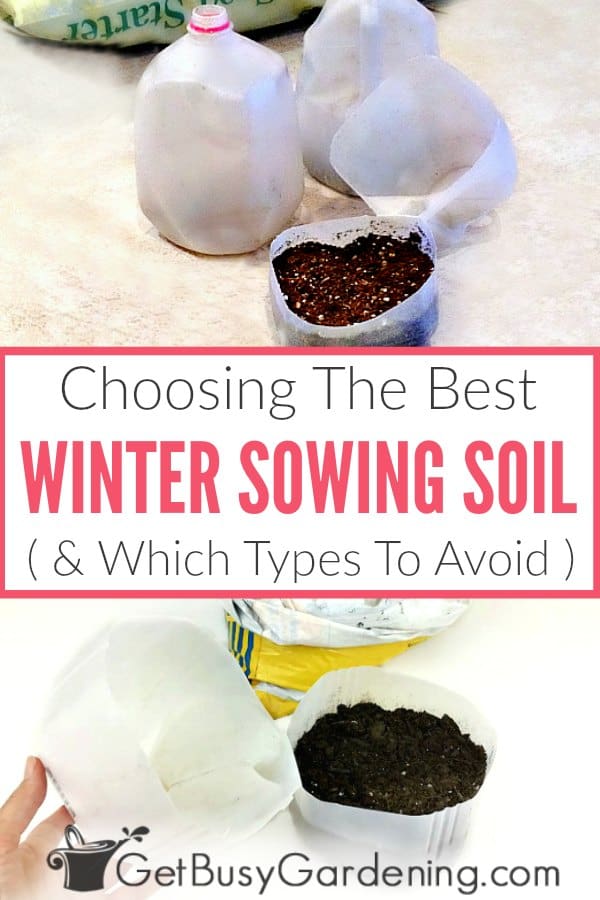
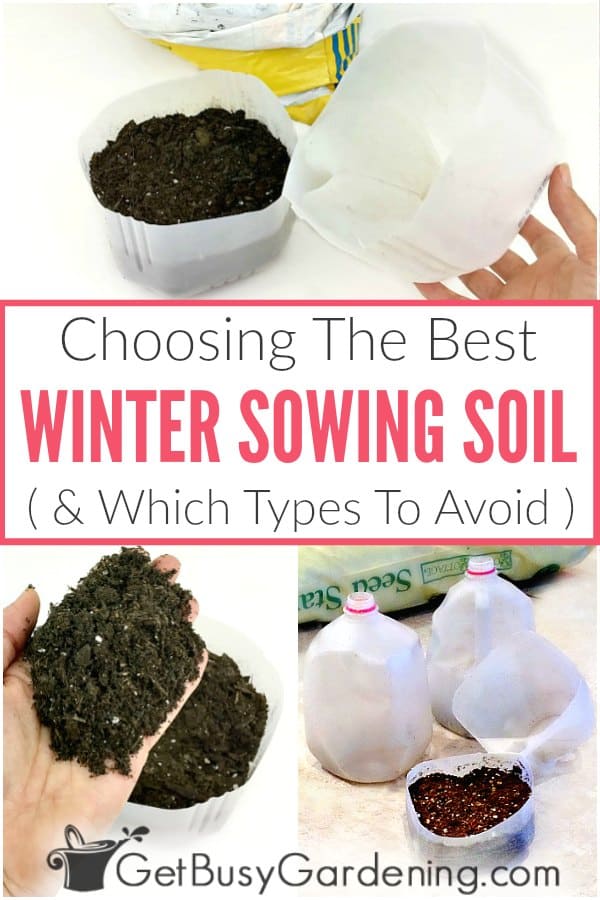
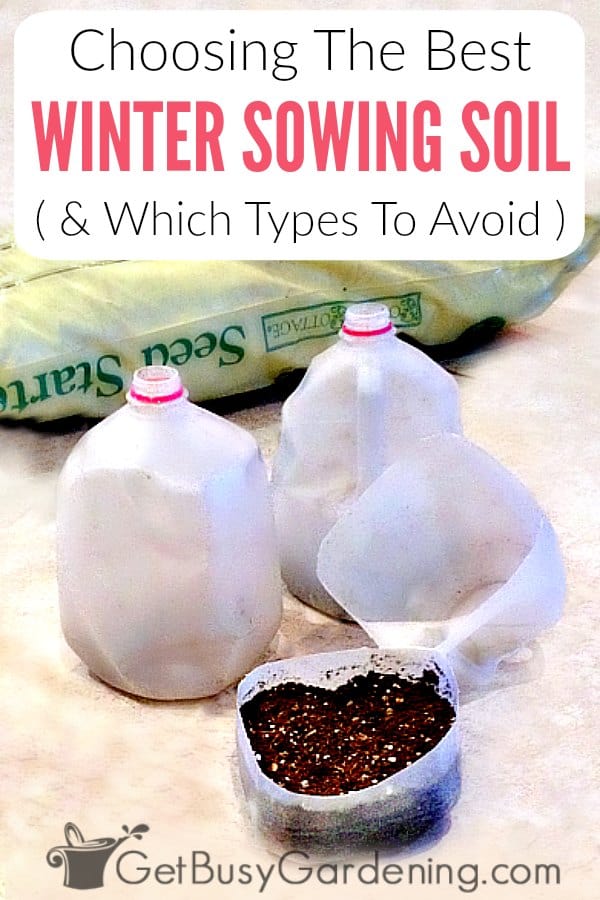


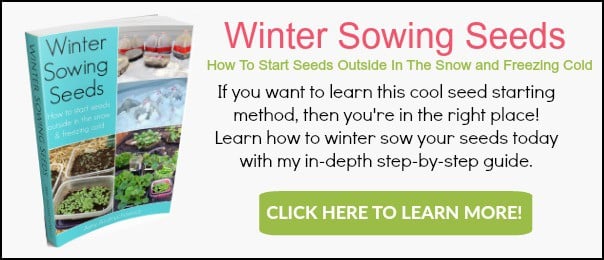

Leave a Reply